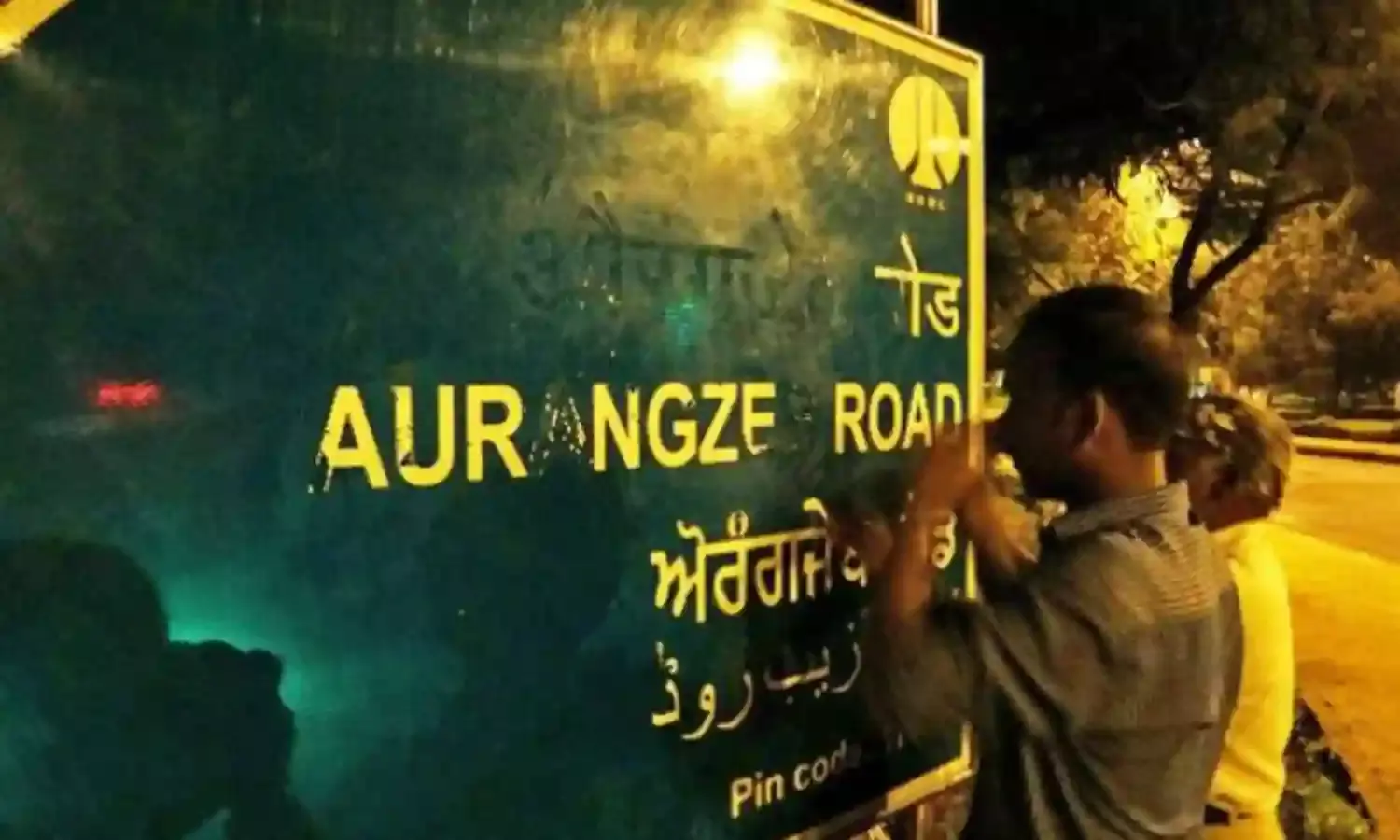What’s In A Name? Far More Than The Opposition is Able to Understand
Names construct the history, culture, and future of the place

NEW DELHI: Place names are an important means to capture public memory. They act to commemorate a particular version of history and culture. Contestations may exist in the name of the place, but when the entire government machinery works towards creating such a contestation, based on religion, it is trying to fulfil a particular communal agenda in the public space.
An important point is that this renaming is not an isolated event or a cosmetic policy exercise, only creating new content for online memes, but it has a deeper political meaning and objective. When politics revolves around place names, they become a tool for symbolic power which is used to rule over the people.
The politics of renaming places is not new in the political domain, but in India today, it is working at ‘developmental’ pace, and the manner in which targeted goals are achieved through renaming puts some serious questions on the functioning and intention of the government of the day.
Recently, the historical city of Allahabad was renamed ‘Prayagraj’ by the BJP government in Uttar Pradesh, soon after they changed the name of the famous Mughalsarai railway station to Deen Dayal Upadhyay Station. Both these policy decisions were taken with a view to eradicating the Mughal/ Muslim/ Medieval past, and replace it with an Ancient Hindu glorious past. This is a binary which is time and again propounded by majoritarian historians.
Scholars who work on the study of place names contend that political struggles over cultural recognition, and the spatialisation of social memory through naming, are all about ‘whose conception of the past should prevail in the public realm’ (Karen Till). Stephen Legg argues that the act of remembering is also an ‘active forgetting’. Derek Alderman also maintains that naming the place is an important vehicle for bringing the past into the present, helping weave history into the geographic fabric of everyday life. Named streets, like any place of memory, can become embroiled in the politics of defining what is historically significant or worthy of public remembrance.
These arguments can easily be understood in the present examples through which one conception of past will be constructed in the public memory and public spaces, which will remember the later and forget the earlier. It plays a significant role in constructing and changing the culture and history – and the future – of that place.
It was in 2014 that the Bharatiya Janata Party formed the government. With this change, the instructive restructuring with a change of heads of institutions, accompanied by the renaming of some governmental institutions and policies, was instituted on a war footing. For instance the Planning Commission of India was renamed ‘Niti Aayog'.
The renaming of Allahabad came after the renaming of Aurangzeb Road in Delhi and the hi-tech city of Gurgaon, to suit the political objective.
This renaming policy of the government puts an important question mark over its political agenda. That Aurangzeb/ Mughal was eradicated from public space because of their supposed identity of Muslim/ medieval rulers, and Gurugram was imposed because of its supposed ancient mythological relevance. Notably, in Gurgaon the Rashtriya Swayamsewak Sangh was already using the name Gurugram in its signage boards, as against the officially recognised name of the city.
Other proposals like changing the name of Shimla to ‘Shyamla’, Ahmedabad to ‘Karnawati’, Bhopal to ‘Bhojpal’, Hyderabad to ‘Bhagya Nagram’, Aurangabad as ‘Sambhajinagar’ and Akbar Road in Delhi to ‘Maharana Pratap Road’ are also on the bucket list, to be carried out in order to rewrite and modify the history of India, on the terms of Hinduised versions of stories and mythologies.
This is not the first time that the saffron clad Yogi Adityanath, chief minister of Uttar Pradesh, has tried to saffronise names. In December 2014, he proposed that Article 1 of the Constitution of India be amended, and introduced a bill for the same in the Lok Sabha. According to reports at the time, Adityanath’s bill wanted to debate and replace the word ‘India’ with ‘Hindustan’. It argued that Article 1 should read ‘Bharat, that is Hindustan’ instead of ‘India, that is Bharat’.
The demand to do away with ‘India’ in the Constitution altogether comes mostly from the majoritarian nationalist milieu. For it, India and Bharat are fundamentally different from each other. This is evident from a statement by RSS chief Mohan Bhagwat, who commented after ‘Nirbhaya’s’ gangrape that “Such crimes hardly take place in Bharat, but they frequently occur in India.”
Such divisions follow the legacy of Savarkar and right-wing politics in India, propounded in the slogan of ‘Hindi, Hindu, Hindustan’, even though they overlook that he spoke of Hindu-sthan (the word for ‘place’ in the Prakrits, Sanskrit etc.) and not Hindu-stan, which is derived from Persian.
The naming and renaming of places may make news headlines, but in broader perspective, the issue remains dormant in the mainstream party political discourse. It is deafening, the silence of opposition parties of all spectrums. It needs to be addressed and understood in the changing dimensions of politics in the time in which we live and the space around us in which we exist, to uncover politics in day-to-day life, which remains largely unquestioned by the politics of the day.
(Shubhanshu Singh is a PhD scholar at the Centre for Political Studies, Jawaharlal Nehru University).



